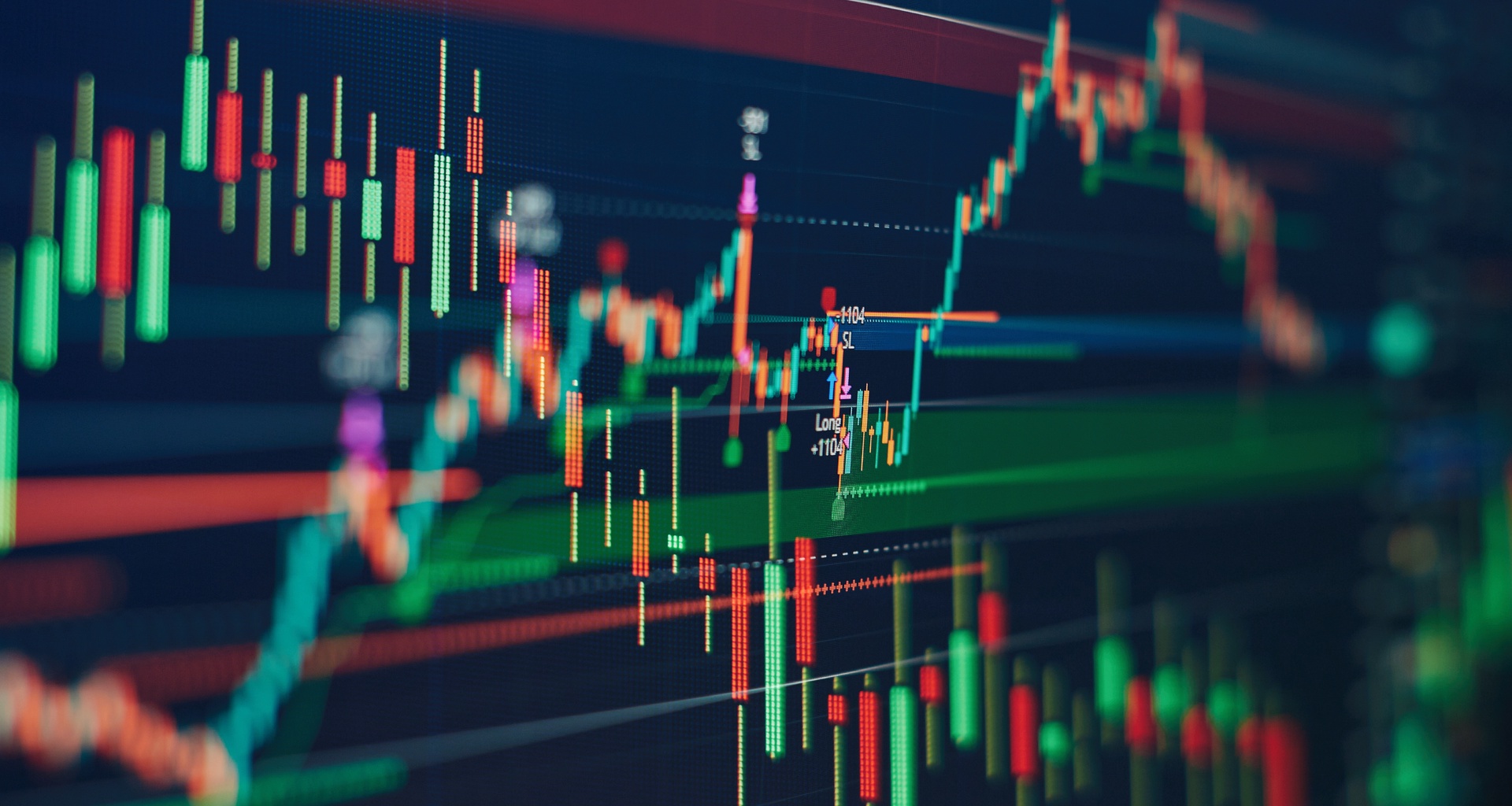In a bear market, there might be some safety in low volatility exchange traded funds (ETFs) that have been proven to hold up best when markets struggle.
Low volatility ETFs, which tracks minimum variance indices, perform better in bear markets than broad indices and exploit the well-researched low-volatility anomaly to outperform in the long term. The anomaly refers to the tendency of low-volatility indices to produce higher risk-adjusted returns than high-volatility stocks in most markets reviewed.
“Diversification is more important in a bear market,” says Frederic Ducoulombier, founding director of EDHEC Risk Institute – Asia speaking at The Asset 2nd ETF Asia Summit in Taipei. “Intrinsically diversified ETFs provide a degree of control over downside risk,” he adds.
While Dr. Shih-Chuan Tsai, senior executive vice president of Taiwan Futures Exchange, shares the view that a diversified portfolio is vital in surviving a bear market, he cites that it also carries challenges. “Investors naturally tend to invest locally, being more comfortable and familiar with their local markets. ETFs help add international diversification to a portfolio without the need to be familiar with foreign markets,” says Tsai.
Lower cost of investment is particularly important in a bear market. ETFs far surpass mutual funds in terms of cost-effectiveness, points out Antoine de Saint Vaulry, head of ETF & flow trading, Asia at Commerzbank. Since most ETF trading takes place on the secondary market, most transactions don't involve unit creation or redemption – unlike in the case of mutual funds – thus lowering the cost of trading. ETF managers don't have to rebalance their funds as often as managers of mutual funds, thus further lowering the management costs and improving the tracking error.
Even on the primary market, only the new investors in an ETF bear the cost of unit creation, adds de Saint Vaulry, while in a typical mutual fund, all unit holders would bear the cost of new entrants.
Further cost efficiencies come from savings on research, says Eric Chan, CEO of Taiwan Index Plus. The fund manager doesn't need to research individual stocks, as their inclusion in a portfolio is determined by the index rules. With the vast variety of available indices, and new ones being created daily, a fund manager can implement even highly sophisticated views on the market, without having to do granular research on each item in the portfolio.
Moreover, ETFs are transparent, easy to trade by institutions, even in situations of market stress, Melody He, head of ETF & index solutions, CSOP Asset Management. Liquidity is not an issue even in the primary market where new units are created and redeemed.
“Investors don't always understand the mechanics behind liquidity of ETFs,” says de Saint Vaulry. While on-screen secondary liquidity often appears limited, as market makers manage their exposure risk, there's more to it than meets the eye. "We post small sizes, but can trade more and want to trade more," he says. As soon as a trade is executed, the order book gets refreshed. "Barring market distortions, liquidity of an ETF is practically infinite," he says.
There's a wide range of available ETFs, from equity to fixed income, commodities, leveraged and inverse to smart beta. They can serve a variety of investment purposes. In a bear market, options are available to hedge risk, while holding ETFs in the portfolio for the long term.
Leveraged and inverse ETFs have been particularly popular among retail investors for market speculation, but they can find application in institutional portfolios. Those institutional investors who are prevented by regulations from using futures and options to hedge exposures, can use leveraged and inverse ETFs as the means for indirect access to futures, points out Tsai.
It is important for fund providers and regulators to educate investors about the risks of inverse and leveraged ETFs, adds He. Path dependency, which causes returns to decline if the fund is held for a long term, "is confusing even for institutional investors," she says.
Rules may be needed on capping the leverage ratio, says de Saint Vaulry. Those rules would protect investors, like speed limits protect drivers, he says.









